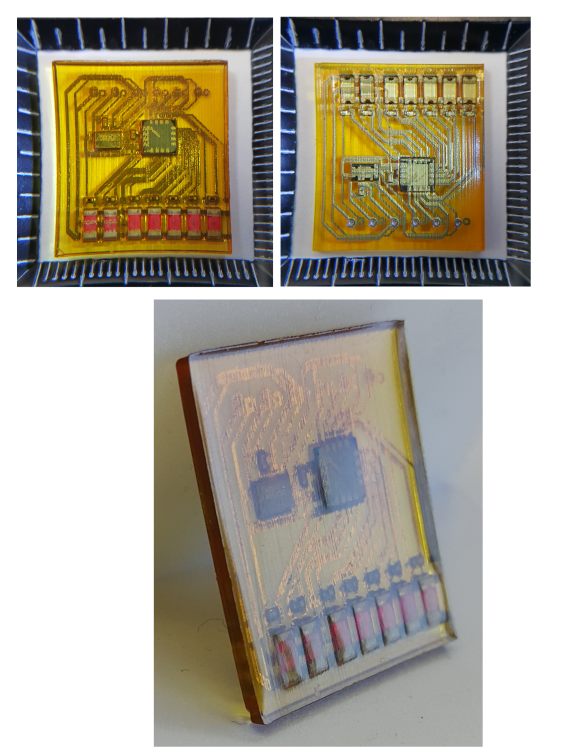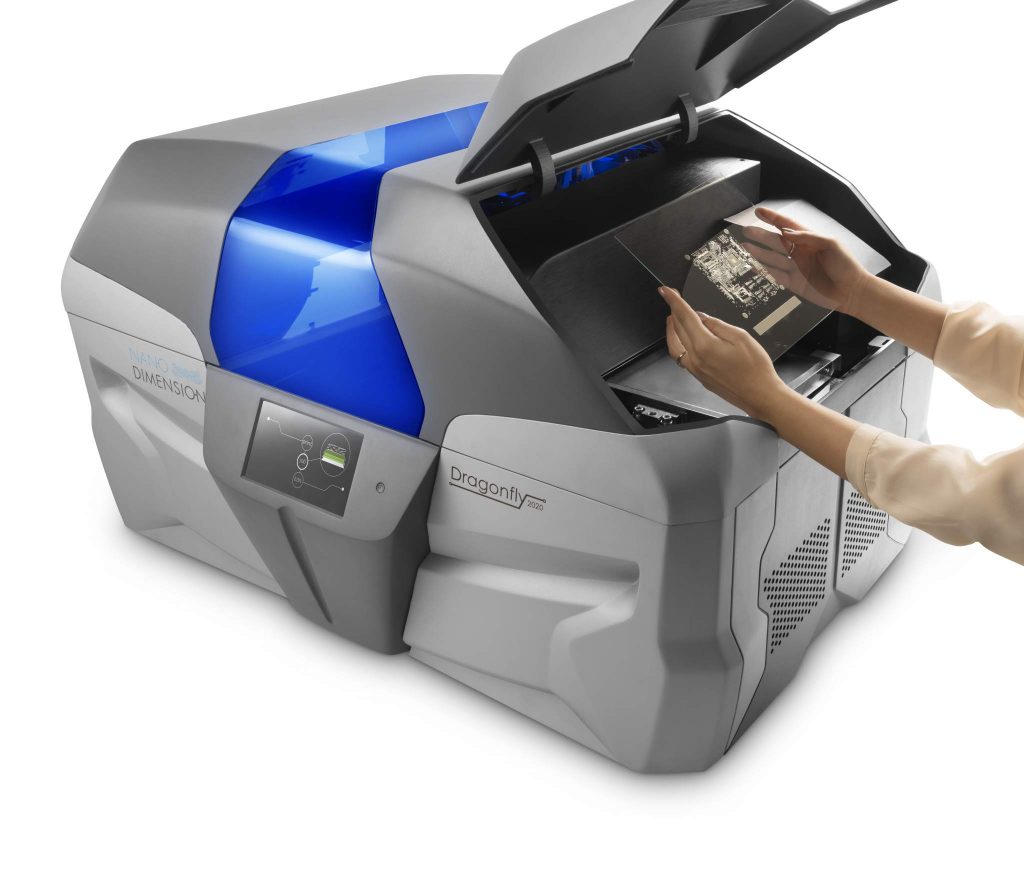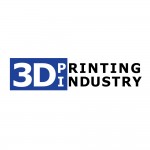This is a guest post in our series looking at the future of 3D Printing. To celebrate 5 years of reporting on the 3D printing industry, we’ve invited industry leaders and 3D printing experts to give us their perspective on the next 5 years of 3D printing.
Simon Fried is the Co-Founder and Chief Business Officer of Nano Dimension. With their innovative Dragonfly 2020 3D printer, Nano Dimension has introduced rapid prototyping of multi level, and multi-material, printed circuit boards on a desktop machine.
Industrialization of 3D Printing will be Hallmark of Next Half Decade
The next five years will be significant for 3D printing, in my opinion. Certainly, we’ll see growth in the consumer space as 3D printing options become increasingly affordable. But the more interesting trend is the growth in 3D printing for industry.
Industry adoption of additive manufacturing is clearly on the rise, with a broad range of businesses already dipping into the 3D waters. For instance, GE has agreed to acquire Arcam AB and Concept Laser to help it gain competitiveness in the 3D manufacturing space; and Siemens, Ford and others are focusing on bringing 3D solutions into their factories.

Established contract manufacturing companies such as Flex and Jabil are looking at how 3D printing can be adopted not just as a powerful tool for faster and more cost efficient prototyping, but also as a tool for improving the way in which manufacturing operates. In other words, can they 3D-print part of the manufacturing process themselves? The truth is, production line efficiency and flexibility moving forward will almost certainly require 3D printing to be used in either the end-product or as part of the machine making the end part, or both.
It’s also worth thinking about how 3D printing fits into the wider logistics chain. The SAP Ariba business-to-business marketplace, for instance, might offer 3D-printed parts that fit into everyday business transactions; companies could order a part from a 3D printer that isn’t their own, and fit it into their machines.
3D printing also offers simplicity around things like warehousing and shipping, which can be eliminated altogether in many cases (or at least minimized) when companies can print their own parts.
Each of these areas – alone and in combination – signals ways the 3D printing market will evolve and grow over the coming years. It’s a multi-pronged process whereby it’s penetrating far beyond the prototyping stage, which is where things were just a few years ago.
Real Future Possibilities
Over the next half decade, industrial 3D printing will be meeting more needs. In mechanical terms, that means 3D printing will use a broader range of materials or a higher quality of materials.
We also expect greater flexibility in combining materials – creating objects made of different types of metals, for instance, within the same print. Or printing metals and polymers, or metals and ceramics in one print job. With that capability, for instance, companies can begin deploying addition functionality within parts, such as electrical capabilities to mechanical objects. That’s the case with Nano Dimension, where polymers and metals are printed together with a very specific functional goal. Down the road, this capability will bring about stronger, smarter and more functional final products.

Printing many steps and materials into one printing job significantly increases opportunities for complexity far beyond the reach of traditional manufacturing processes. That frees up designers and manufacturers to whole new levels of flexibility and creativity. When 3D printers are used for solving design and functionality issues, the greater the contribution of additive manufacturing.
We also anticipate significant leaps in 3D printing size and speed, further enabling industry adoption in the coming years – several companies are focused on faster print processes in particular, which is crucial for 3D printing to earn its place as a true manufacturing tool.
We’ll also see a greater convergence of 3D printing and electronics. As a newer subcategory of additive manufacturing today, this convergence does not currently focus on wide-scale industrial applications, but improvements in speed for printing will help move this convergence into full-fledged production.
The Challenges
As with any technology, 3D printing faces challenges. Materials are truly the key to success, so questions on everyone’s minds include whether the materials can really do the job, and whether they hold up over time?
Another challenge revolves around standards. While traditional manufacturing relies upon and is bound by a variety of standards, 3D printing is very different from molded or computer numeric controls (CNC) manufacturing or forged parts. Standards must evolve – and very quickly – that will ensure quality, standardization and more.
The final challenge in the coming years is software. 3D printing is complex, and with speeds increasing and the breadth of materials, colors and design properties all broadening, the design software must adapt. Clearly, the leap from CAD files to 3D-printed objects is not smooth. In fact, the challenge on the designer is significantly larger than on the design itself. And while there are established testing and evaluating methodologies for assessing the mechanical properties of an item, with increasing material and geometric complexity it’s not always easily tested in current software packages.
The coming years will be exciting. And with faster printing, multiple materials and the integration of functioning electronic circuits, the possibilities for industries deploying 3D printing are nearly limitless.

This is a guest post in our series looking at the future of 3D Printing, if you’d like to participate in this series then contact us for more information. For more insights into the 3D printing industry, sign up to our free newsletter and follow our active social media channels.
More information about Nano Dimension is available here.
Don’t forget that you can vote now in the 1st annual 3D Printing Industry Awards.
Click here to read other articles in our thought leadership series, 3D Printing: The Next Five Years.
Featured image shows a Nano Dimension 3D printed circuit board. Photo by Nano Dimension.



